#17th-century
Text

Tomb of the 17th-century marabout (Muslim religious leader and teacher) Sidi Mansour in Tunis, Tunisia
French vintage postcard
#muslim#historic#religious#photo#briefkaart#vintage#th#sepia#17th-century#teacher#photography#carte postale#postcard#tomb#postkarte#marabout#postal#tarjeta#tunisia#mansour#ansichtskarte#french#old#ephemera#tunis#sidi#postkaart#century#leader#sidi mansour
26 notes
·
View notes
Photo

Madame de Sevinge
- Duc, voulez-vous que je, vous montre ma dix-septieme lettre?
(Le Duc compte sur ses doigts doigts A, B, C, etc., et eccepts sans se faire prier).
Madame de Sevinge
- Duke, would you like me to show you my seventeenth letter?
(The Duke counts on his fingers A, B, C, etc., and accepts without being asked).
-- Lucien Métivet (1863-1932), Le Rire (The Laugh; French comic)
#Madame de Sévigné#Marie de Rabutin-Chantal#Marquise de Sévigné#French aristocrat#17th-century#Lucian Métivet#Métivet#le rire#French cartoonist#comic#vintage comic#illustration#vintage illustration
4 notes
·
View notes
Text
An excerpt from the trial of Elinor Crane, who was arrested in Middlesex in 1693 on suspicion of burglary. A witness claimed one of the burglars was a woman in men's clothing, and Elinor had previously been seen in the area dressed as a man.

"But the Court asking her why she went in Mans Apparel, the Prisoner replyed, She went to Wooe a Widow. Upon the whole Matter the Jury brought her in not Guilty."
(source: Old Bailey Proceedings: Accounts of Criminal Trials, April 26, 1693.)
#'why were you wearing pants?' 'hot milfs in my area' 'understandable - next case'#history#17th century#1690s#crime history#lgbtq+ history#gender roles#things I find while researching other things
12K notes
·
View notes
Text

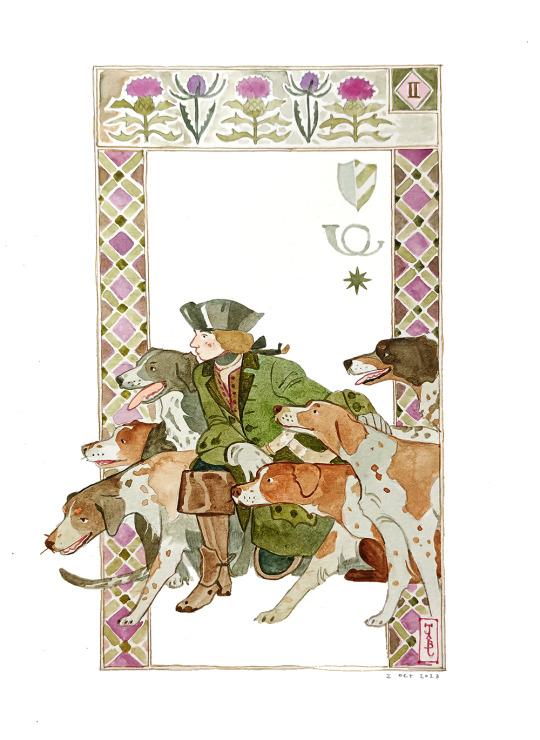
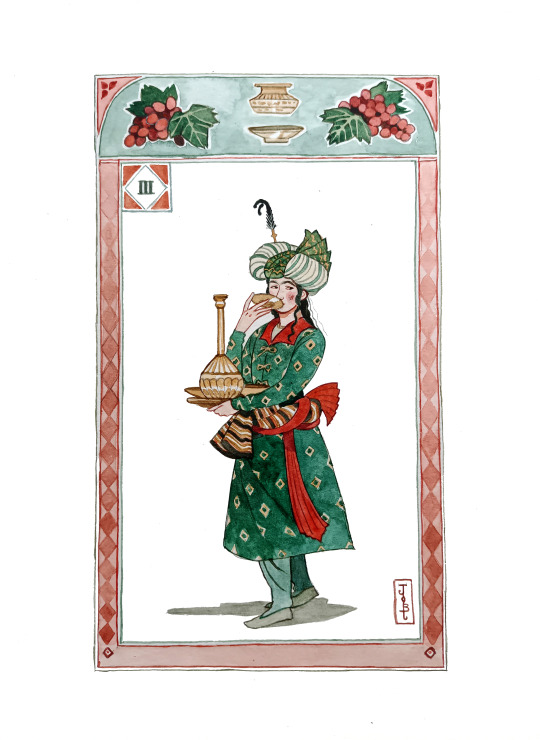


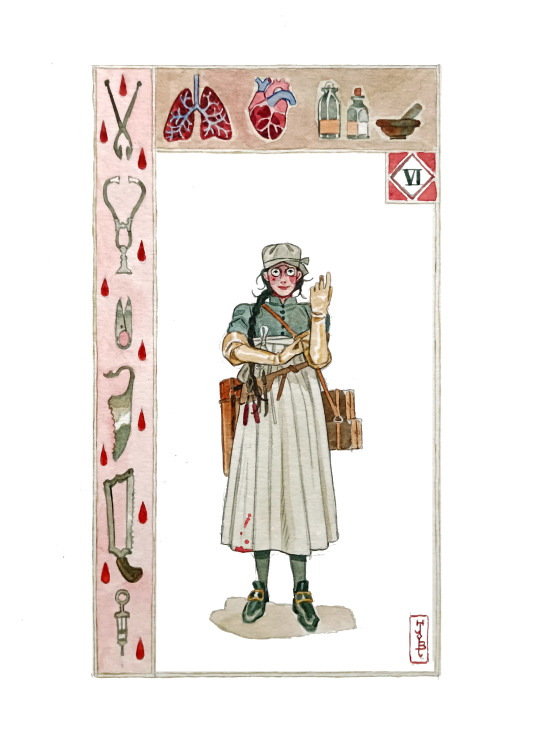
All the "inktobers" for this week (taking a break for the weekend) !
I. Hérault / Herald · II. Piqueur / Kennelkeeper · III. Échanson / Cupbearer · IV. Naturaliste / Naturalist · V. Comédien / Comedian · VI. Chirurgien / Surgeon
#inktober#paintober#inktober 2023#watercolour#historical costuming#15th century#18th century#17th century#16th century#traditional art
15K notes
·
View notes
Text
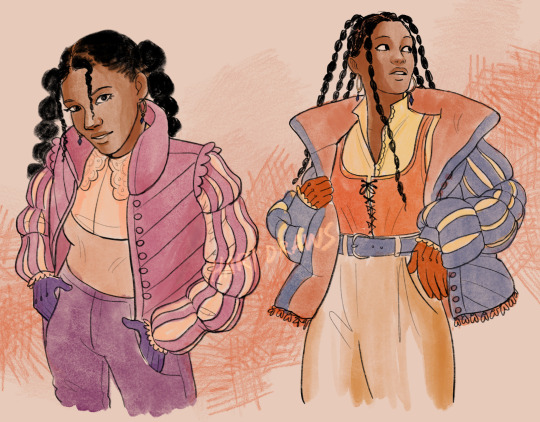
what if a puff sleeve renaissance doublet, but it’s also a puffer jacket
#I have 2 completely different fantasy wips right now and in both I’m obsessed w this fashion vibe#i really want it to be like#17TH CENTURY MODERN#lucky wip#OC stuff
3K notes
·
View notes
Text
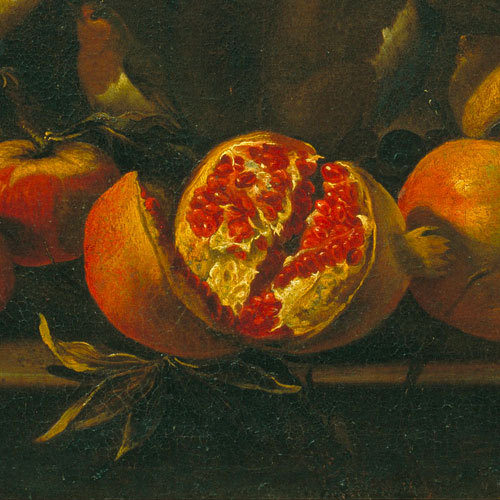
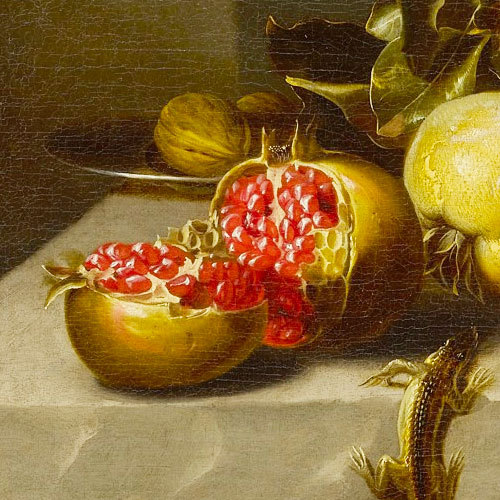
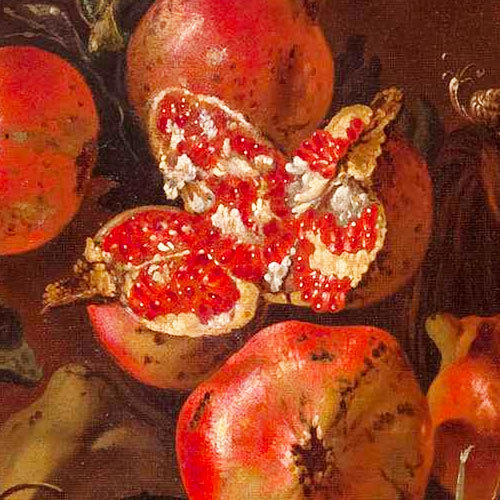



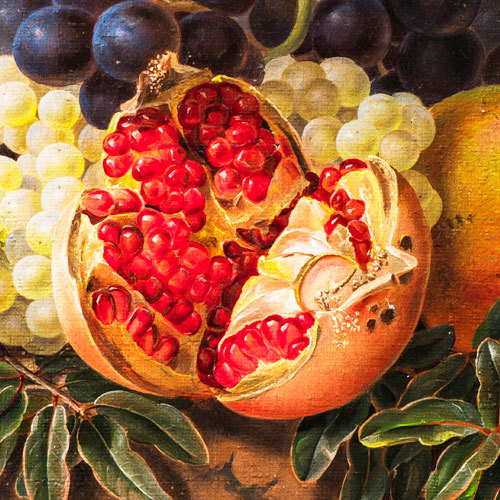


pomegranates in still life (details)
#oil painting#art#still life#still life details#pomegranate#17th century art#18th century art#fruit art#art details#art history#artedit#light academia#dark academia#light academia moodboard#anna attempts photoshop#1k+#5k+#6k
6K notes
·
View notes
Text

Sword of Justice from Solingen, Germany, circa 1670-1700.
6K notes
·
View notes
Text
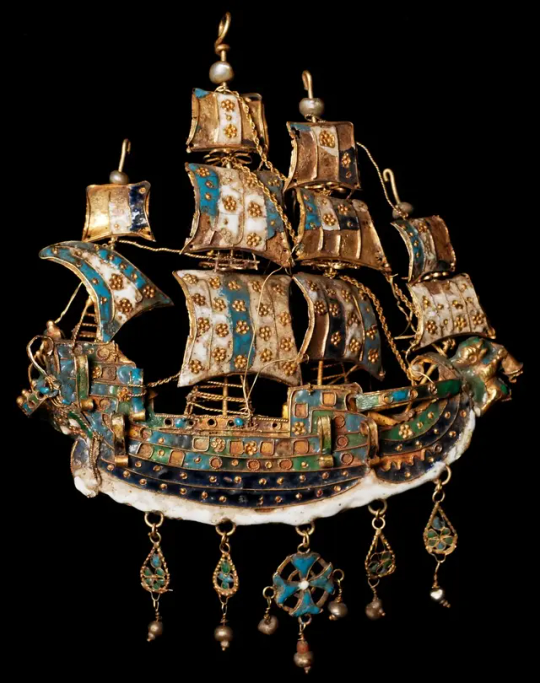
Gold pendant with pearls in the shape of a caravel, Patmos, Greece, 17th century
3K notes
·
View notes
Text
the way hamlet acts in act 5 scene 1 juuuust clicked to me. like my impression was "smh my head he is so toxic, he did NOT love ophelia as much as laertes did, what is wrong with him" but actually i think the thing that sets him off isn't just laertes' display of grief, it's also how everyone takes it seriously. everyone treats ophelia's funeral like a funeral and is sympathetic to laertes and understanding of his desire to jump in a grave with her etc but these same people around hamlet expected him to celebrate his uncle's coronation and move on from his father's death at the same time. in that moment hamlet sees laertes as similar to the actor narrating priam's death in act 2 scene 2 and it makes him SO mad (and he regrets it later in act 5 scene 2 which is after he realizes laertes' emotions are as real as his own. probably why he calls him "brother" as well)
#i think he did care for ophelia but certainly not 40k times the amount laertes did sorry bro i dont believe that#hamlet#all my hamlet thoughts revolve around how hamlet is perceived by the people around him and how that affects him#hamlet living his life like someone on a stage and the ppl around him being his audience that isn't really paying attention#and like. ophelia being in this EXACT same position but so much worse. bc she's a woman in the 17th century
2K notes
·
View notes
Text
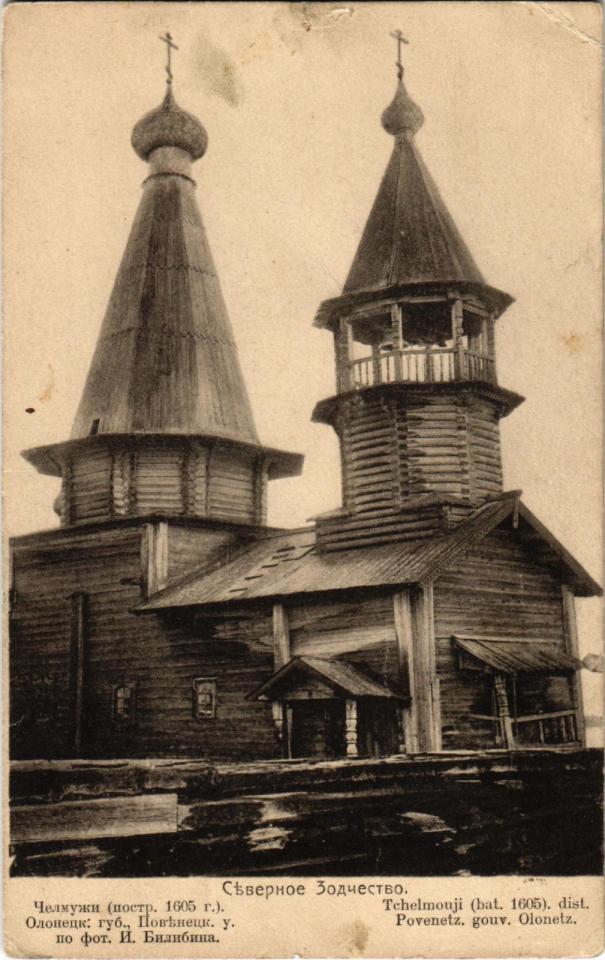
17th-century wooden church of Chelmuzhi, Karelia, Russia
Russian vintage postcard
#church#historic#chelmuzhi#photo#briefkaart#vintage#th#karelia#sepia#17th-century#photography#russia#carte postale#postcard#postkarte#postal#tarjeta#ansichtskarte#wooden#old#ephemera#postkaart#russian#century
27 notes
·
View notes
Text

Saint Sebastian Tended by the Holy Irene and her Servant [detail] (1626-1630) | Nicolas Regnier
#art#fine art#painting#oil painting#17th century#saint Sebastian tended by the holy Irene and her servant#nicolas regnier#saint sebastian#religious art
5K notes
·
View notes
Text

Worst or...best?
1K notes
·
View notes
Text
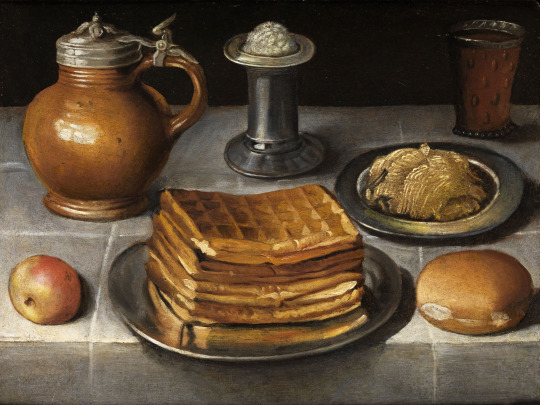
Still Life with Waffles, circle of Georg Flegel, early 17th century
5K notes
·
View notes
Text

¿Quieres ser lactado? 🐮🥛
#belly expansion#belly gainer#cute belly#fat belly#feedee belly#full belly#perfect belly#preggophilia#pregnant#preggo kink#tiktok#big tiddy committee#natural titts#huge titts#sexy titts#big round butt#+18 videos#video#big tiddy baby#big bootie#big tiddy gf#18+ account#17th century#18+ content#18+ blog#18+ only
1K notes
·
View notes
Photo


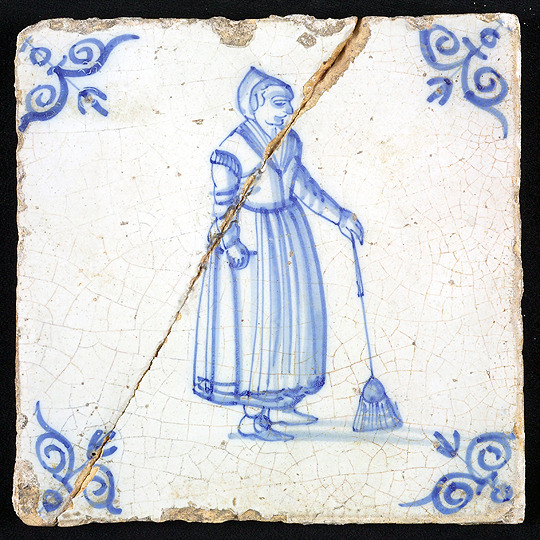



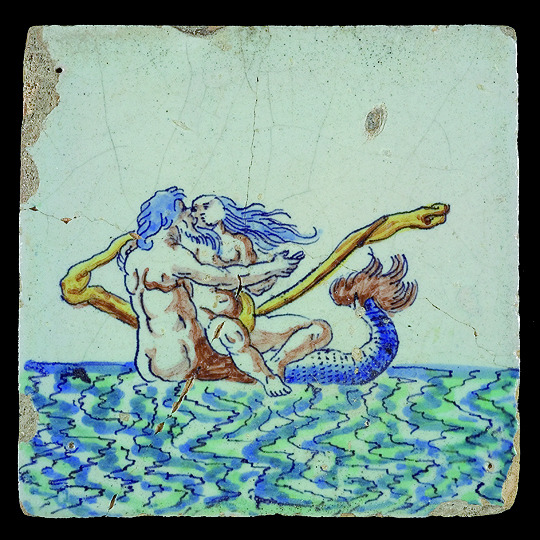

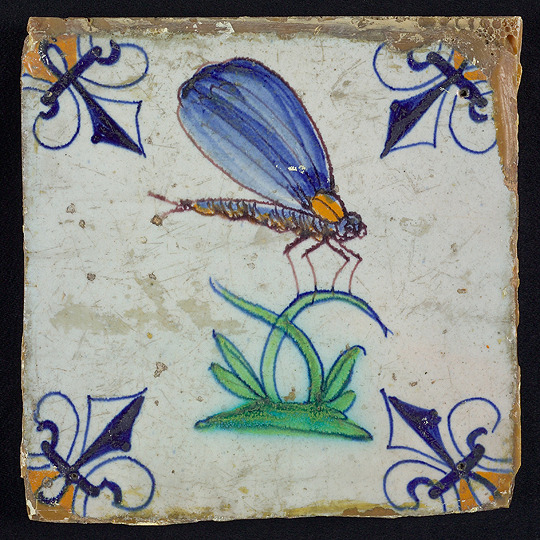

17th century tiles from Museum Rotterdam.
#17th century#1600's#art#art history#rotterdam#netherlands#tiles#ceramics#decorative tiles#ceramic tile#ceramic tiles#*
7K notes
·
View notes
Text
Emerald Spectacles from India, c. 1620-1660 CE: the lenses of these spectacles were cut from a single 300-carat emerald, and it was believed that they possessed mystical properties

These eyeglasses are also known by the name "Astaneh-e ferdaws," meaning "Gate of Paradise," based on the perception of the color green as a symbol for spiritual salvation/Paradise. This was a common belief in Mughal-era India, where the spectacles were made.
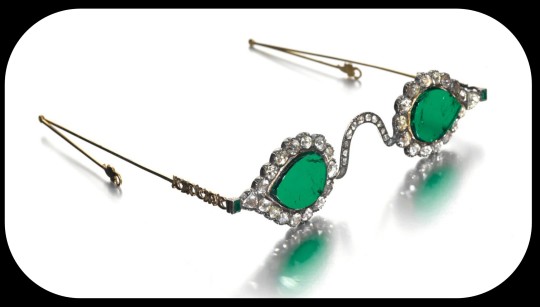
The lenses were crafted from two thin slices of the same emerald. Together, the lenses have a combined weight of about 27 carats, but given the precision, size, and shape of each lens, experts believe that the original emerald likely weighed in excess of 300 carats (more than sixty grams) before it was cleaved down in order to produce the lenses. The emerald was sourced from a mine in Muzo, Colombia, and it was then transported across the Atlantic by Spanish or Portuguese merchants.
Each lens is encircled by a series of rose-cut diamonds, which run along an ornate frame made of gold and silver. The diamond-studded frame was added in the 1890s, when the original prince-nez design was fitted with more modern frames.
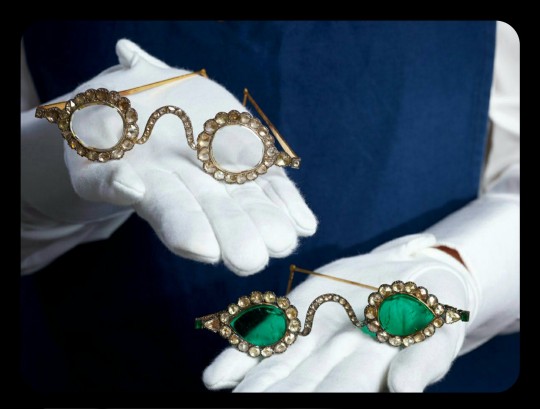
The emerald eyeglasses have long been paired with a second set of spectacles, and they were almost certainly commissioned by the same patron. This second pair is known as Halqeh-e nur, or the "Halo of Light."
The Halo of Light features lenses that were made from slices of diamond. The diamond lenses were cleaved from a single stone, just like the emerald lenses, with the diamond itself being sourced from a mine in Southern India. It's estimated that the original, uncut diamond would have weighed about 200-300 carats, which would make it one of the largest uncut diamonds ever found.

These lenses are so clear and so smoothly cut that it sometimes looks like they're not even there
Both sets of spectacles date back to the mid-1600s, and it's generally believed that they were commissioned by a Mughal emperor or prince. The identity of that person is still a bit of a mystery, but it has been widely speculated that the patron was Shah Jahan -- the Mughal ruler who famously commissioned the Taj Mahal after the death of his wife, Mumtaz Mahal. Shah Jahan did rule as the Mughal emperor from about 1628 to 1658.
The emerald and diamond lenses may have been chosen for symbolic/cultural reasons, or they may have been chosen simply because they're pretty and extravagant; their meaning/purpose is unclear. Experts do believe that the eyeglasses were designed to be worn by someone, though.
It was believed that the spectacles had spiritual properties, like the ability to promote healing, ward off evil, impart wisdom, and bring the wearer closer to enlightenment. Those beliefs are often related to Indic and Islamic traditions, some of which ascribe spiritual and/or symbolic traits to emeralds and diamonds. Emeralds can be viewed as an emblem of Paradise, divine salvation, healing, cleansing, and eternal life; diamonds are similarly associated with enlightenment, wisdom, celestial light, and mysticism.
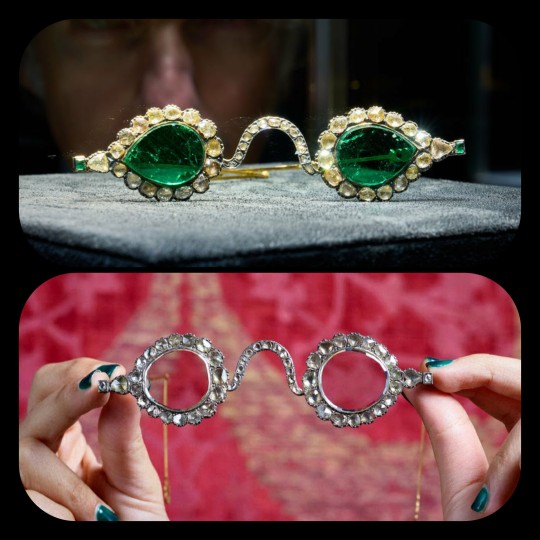
The Gate of Paradise and the Halo of Light were both kept in the collections of a wealthy Indian family until 1980, when they were sold to private collectors, before going on auction once again back in 2021. They were valued at about $2 million to $3.4 million per pair.
Sources & More Info:
Sotheby's: Mughal Spectacles
Architectural Digest of India: At Sotheby's auction, Mughal-era eyeglasses made of diamond and emerald create a stir
Only Natural Diamonds: Auspicious Sight & the Halqeh-e Nur Spectacles
The Royal Society Publishing: Cleaving the Halqeh-Ye Nur Diamonds
Gemological Institution of America: Two Antique Mughal Spectacles with Gemstone Lenses
Manuscript: From Satan's Crown to the Holy Grail: emeralds in myth, magic, and history
CNN: The $3.5 million Spectacles Said to Ward off Evil
BBC: Rare Mughal Era Spectacles to be Auctioned by Sotheby's
#history#archaeology#artifact#mughal#india#17th century#art#emerald#diamond#glasses#indian lore#islam#religion#mysticism#indian history#anthropology#spirituality#fashion
4K notes
·
View notes